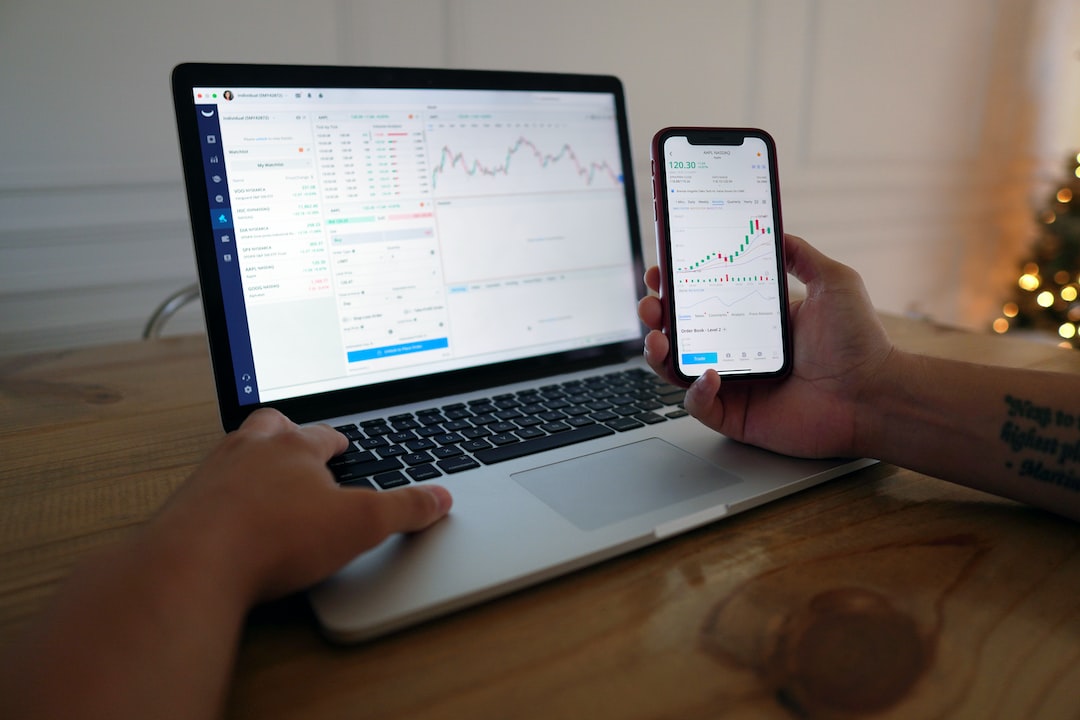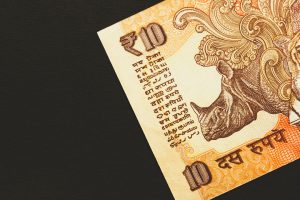Forex trading is one of the most popular forms of financial trading, and it offers immense opportunities for individuals to make money. Unlike other financial markets, forex trading offers low entry barriers, making it accessible to small investors with limited resources. However, the question remains, how small of an account do you have to have to trade forex?
Before we delve into the specifics, it is crucial to understand the concept of leverage. Forex trading involves the use of leverage, which is the ability to control a large amount of currency with a small amount of capital. For instance, with a leverage of 1:100, a trader can control $10,000 worth of currency with a margin of $100. While leverage amplifies profits, it also exposes traders to significant risks. Therefore, it is essential to understand the risks involved and use leverage wisely.
Now, let us answer the question, how small of an account do you have to have to trade forex? The answer is not straightforward, as it depends on various factors such as the trading strategy, risk management, and leverage. However, as a general rule of thumb, traders should have at least $1000 in their trading account to trade forex. This amount allows traders to use leverage wisely and manage risks effectively.
Trading with a small account has its benefits and drawbacks. One of the advantages of trading with a small account is that it allows traders to learn the ropes of forex trading without risking significant capital. It also enables traders to develop a disciplined trading approach and gradually increase their trading capital as they gain experience. However, trading with a small account also has its drawbacks, such as limited trading opportunities and reduced profit potential.
To overcome the limitations of trading with a small account, traders can use various strategies such as scalping, swing trading, and position trading. Scalping involves making multiple trades within a short period, aiming to profit from small price movements. Swing trading involves holding positions for several days or weeks, aiming to profit from medium-term market movements. Position trading involves holding positions for several months or even years, aiming to profit from long-term market trends.
Regardless of the trading strategy, traders must have a sound risk management plan to protect their capital. One of the most effective risk management strategies is to limit the amount of capital risked per trade. As a rule of thumb, traders should risk no more than 2% of their trading account capital per trade. For instance, if a trader has a $1000 trading account, they should risk no more than $20 per trade.
Another essential risk management strategy is to use stop-loss orders, which automatically close trades at a predetermined price level to limit losses. Stop-loss orders help traders to cut their losses quickly and prevent emotional trading decisions.
In conclusion, while forex trading offers immense opportunities for individuals to make money, traders should have at least $1000 in their trading account to trade forex. Trading with a small account requires traders to use leverage wisely, manage risks effectively, and use a sound trading strategy. Traders must also have a sound risk management plan to protect their capital and prevent emotional trading decisions. By following these guidelines, traders can increase their chances of success in the forex market, regardless of the size of their trading account.






